КАРТИНКИ ЗАГРУЖАЮТСЯ...
Ссылка:
EDEN-T85491801
/ 85491801
Ссылка:
EDEN-T85491801
Страна:
PT
Город:
Muge
Почтовый индекс:
2125-339
Категория:
Жилая
Тип сделки:
Продажа
Тип недвижимости:
Земельный участок
Площадь:
485 м²
Интернет:
Да
Спутниковая тарелка:
Да
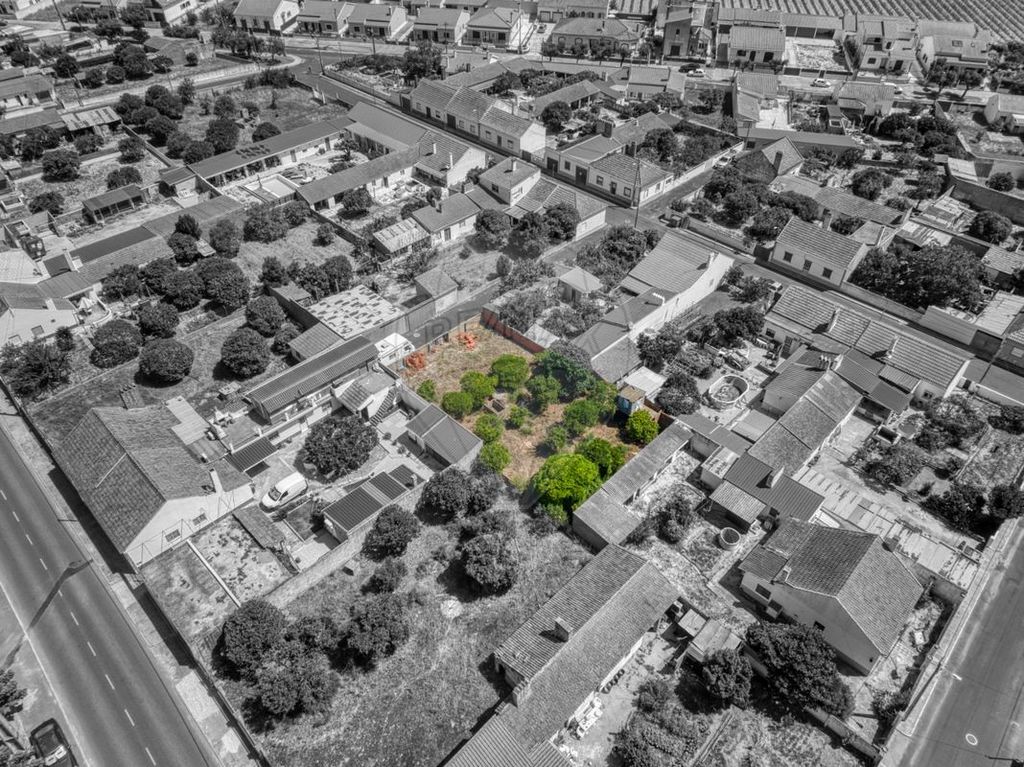
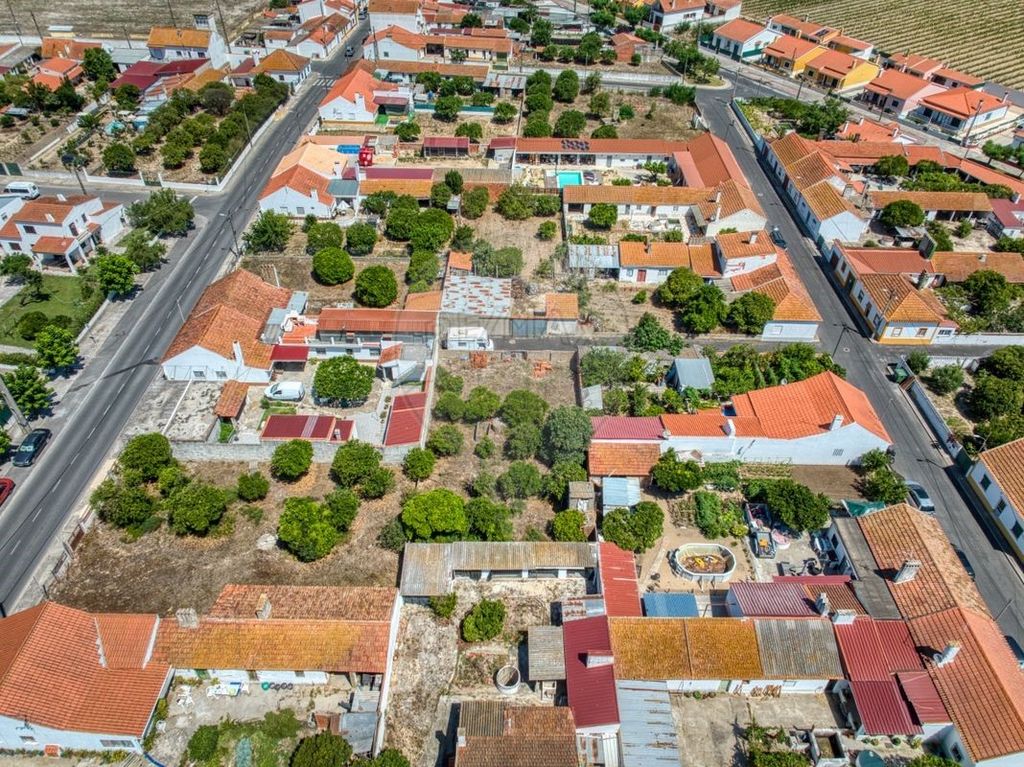
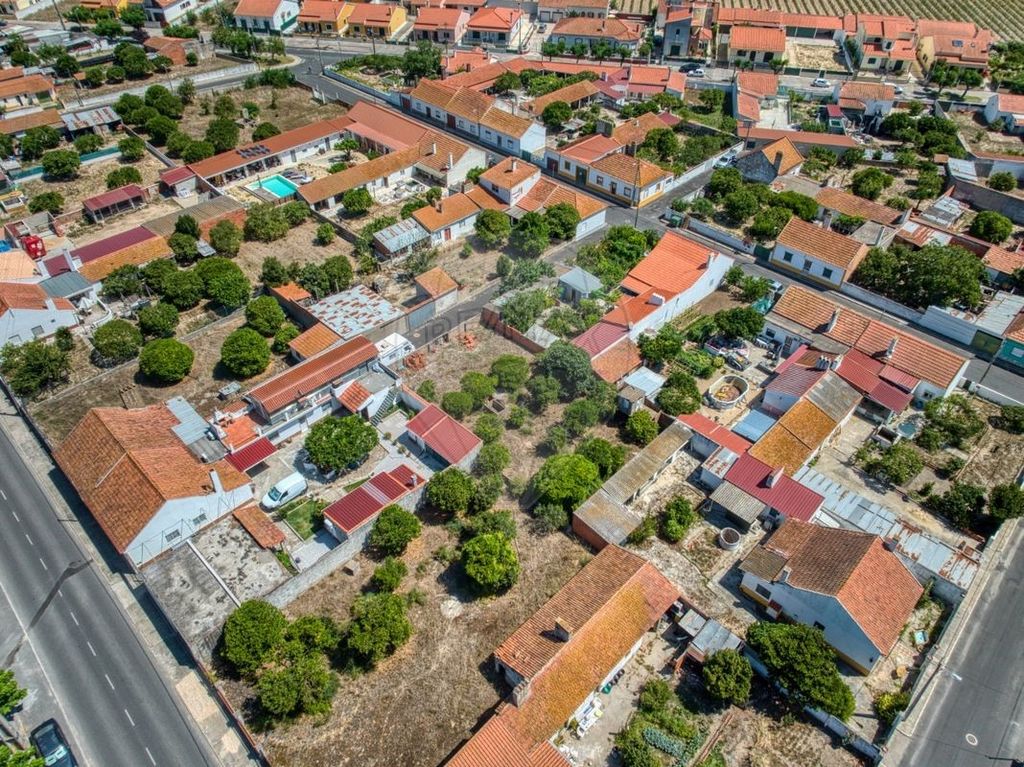
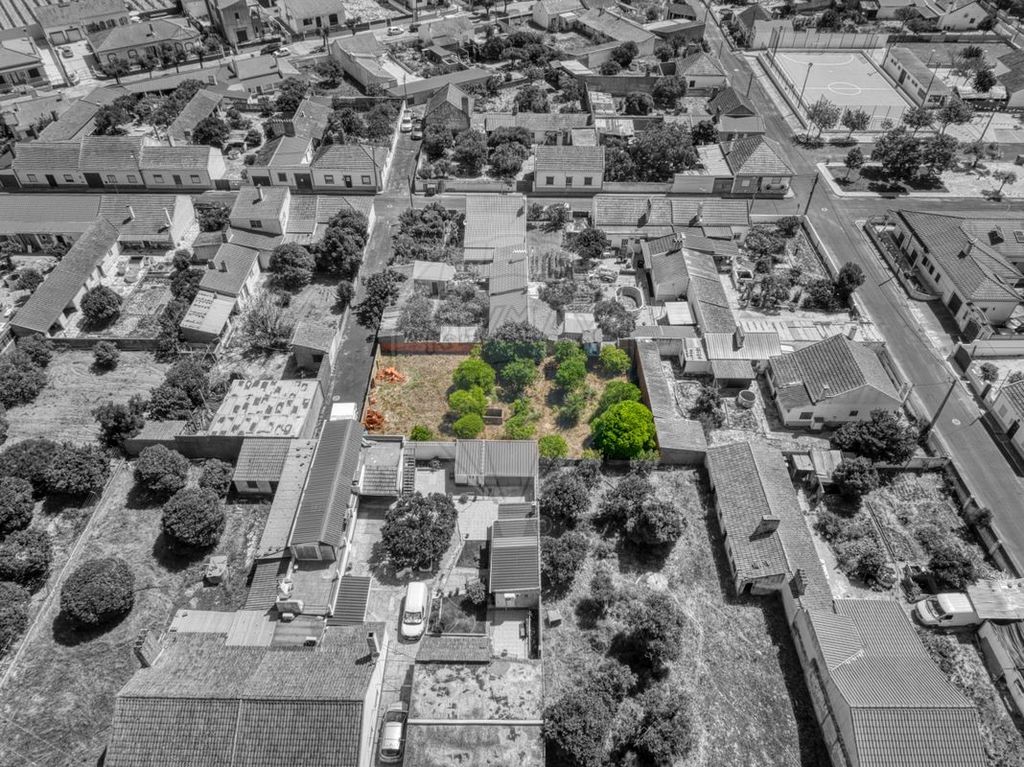
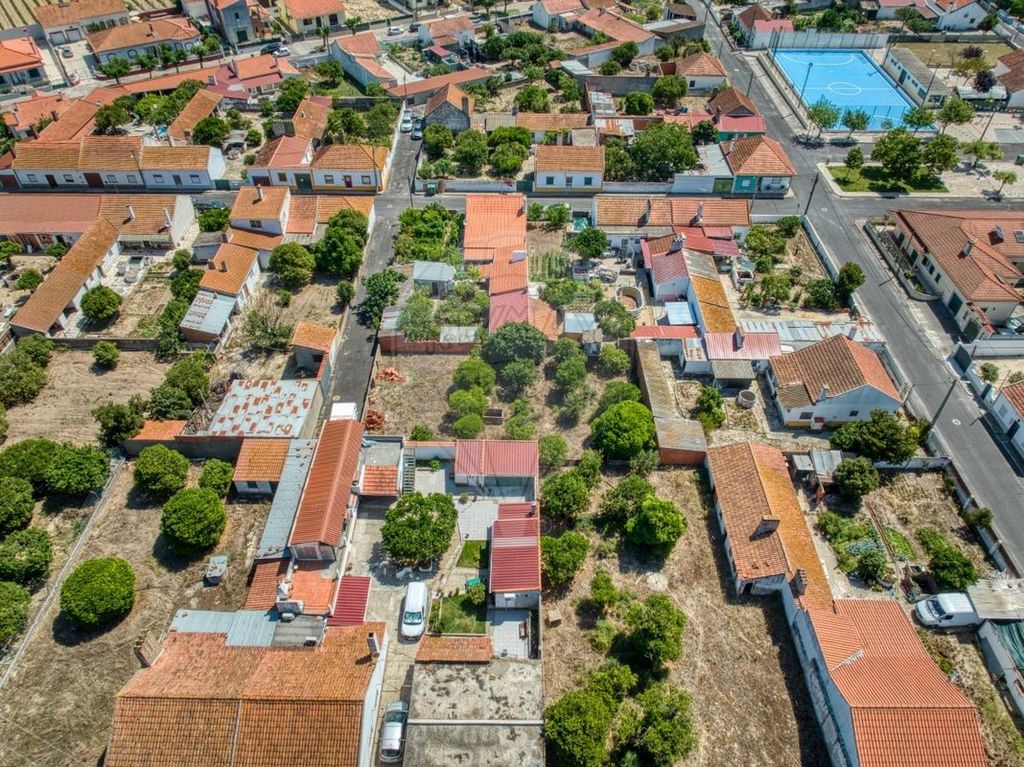
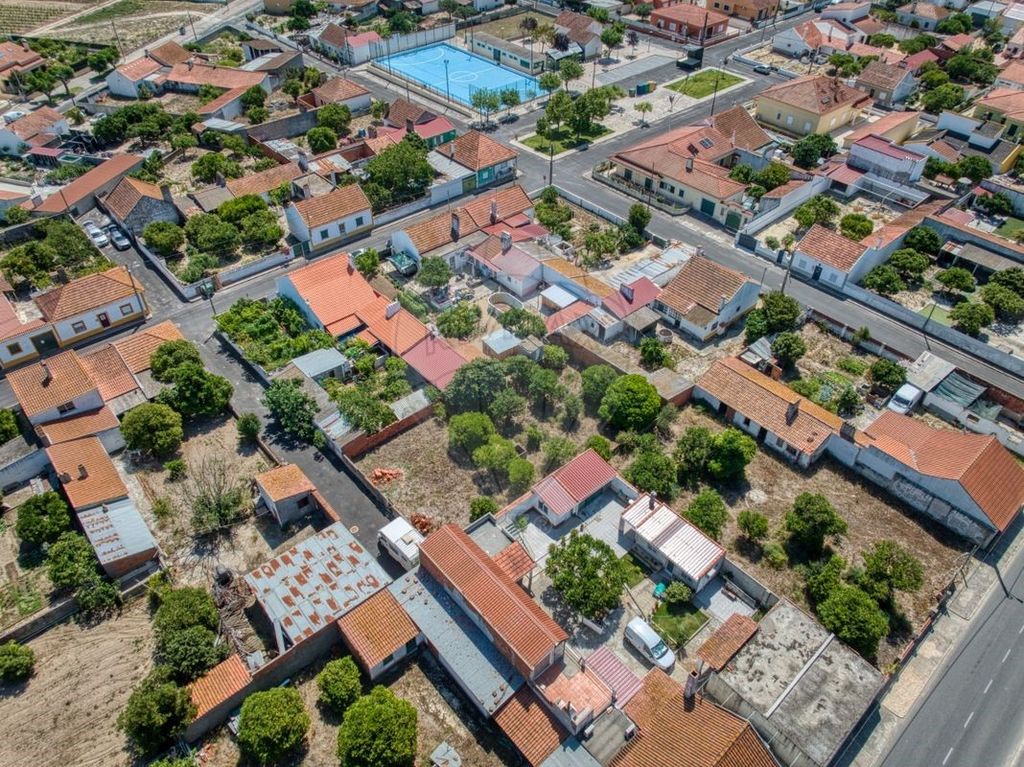
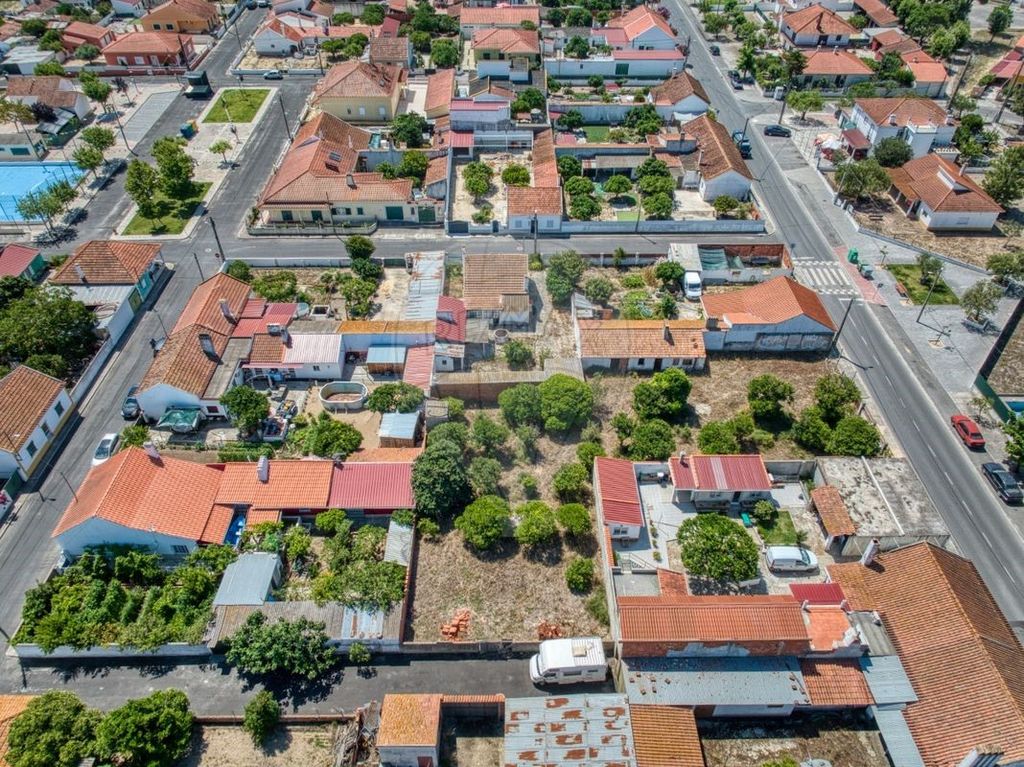
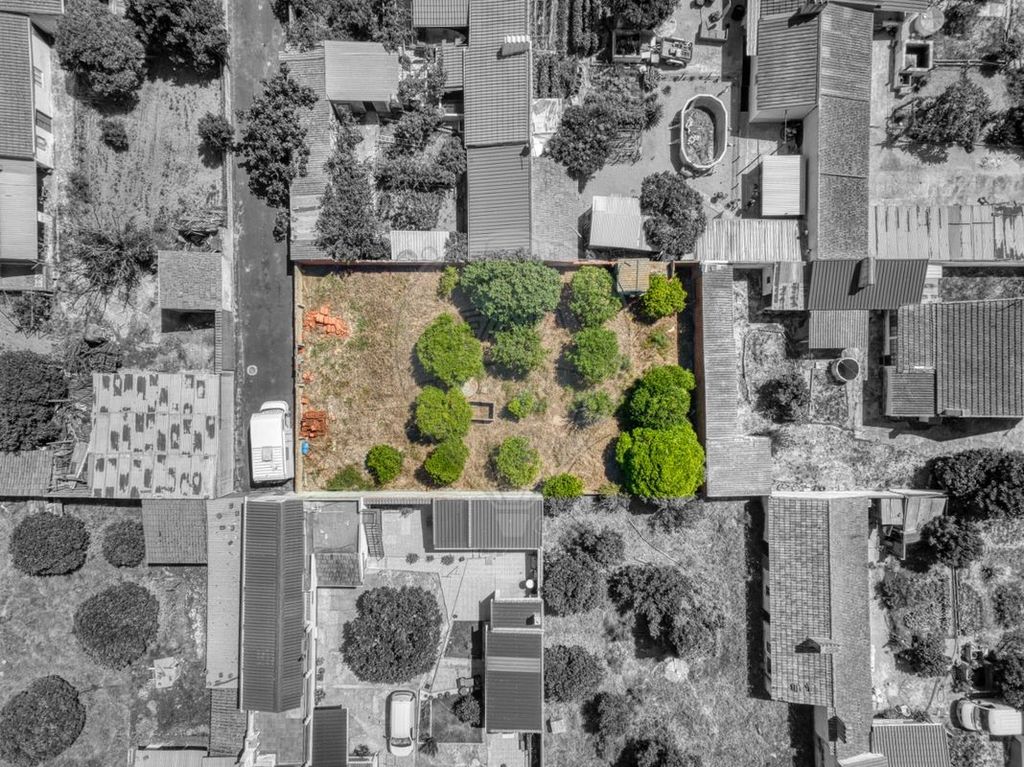

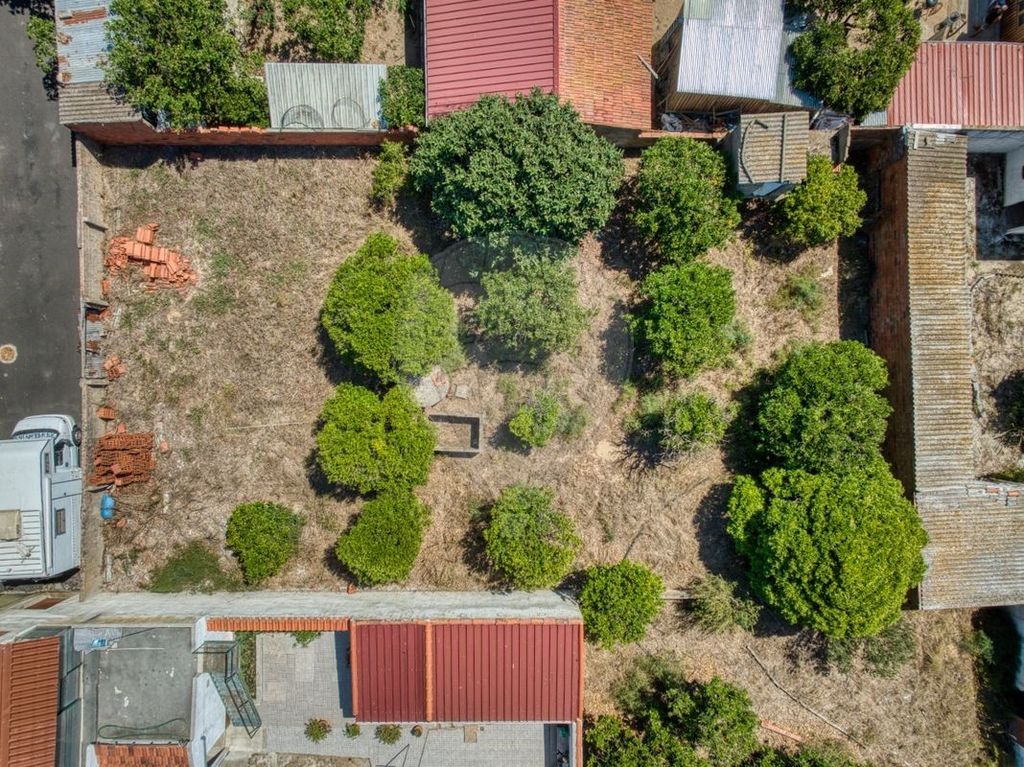
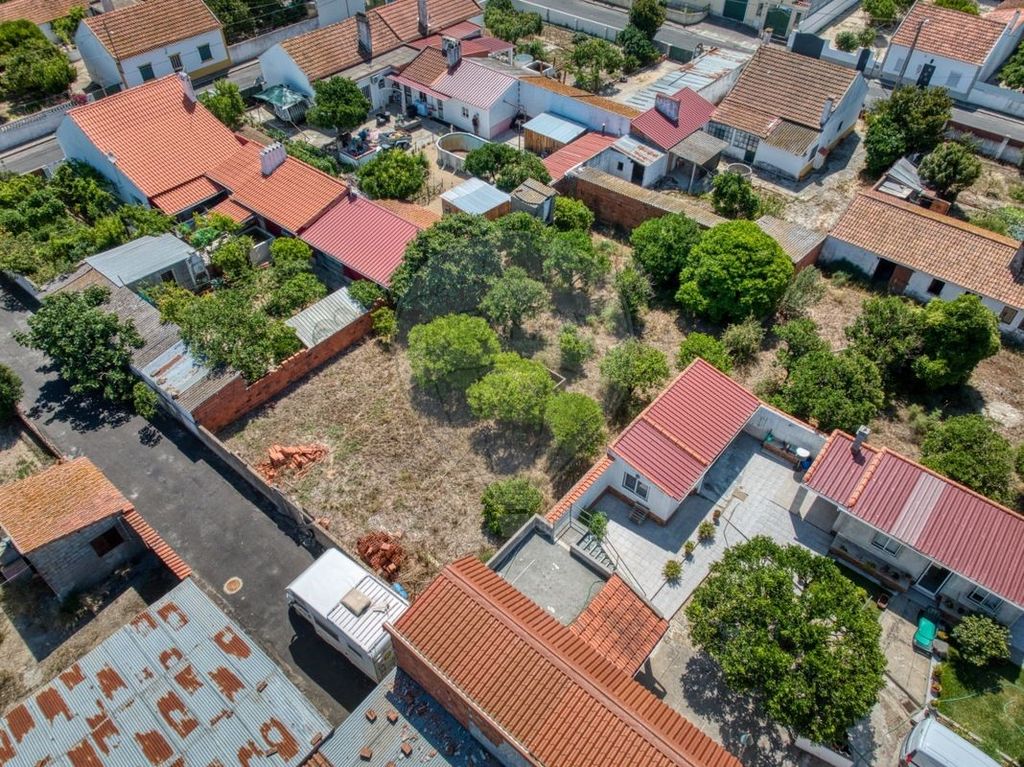
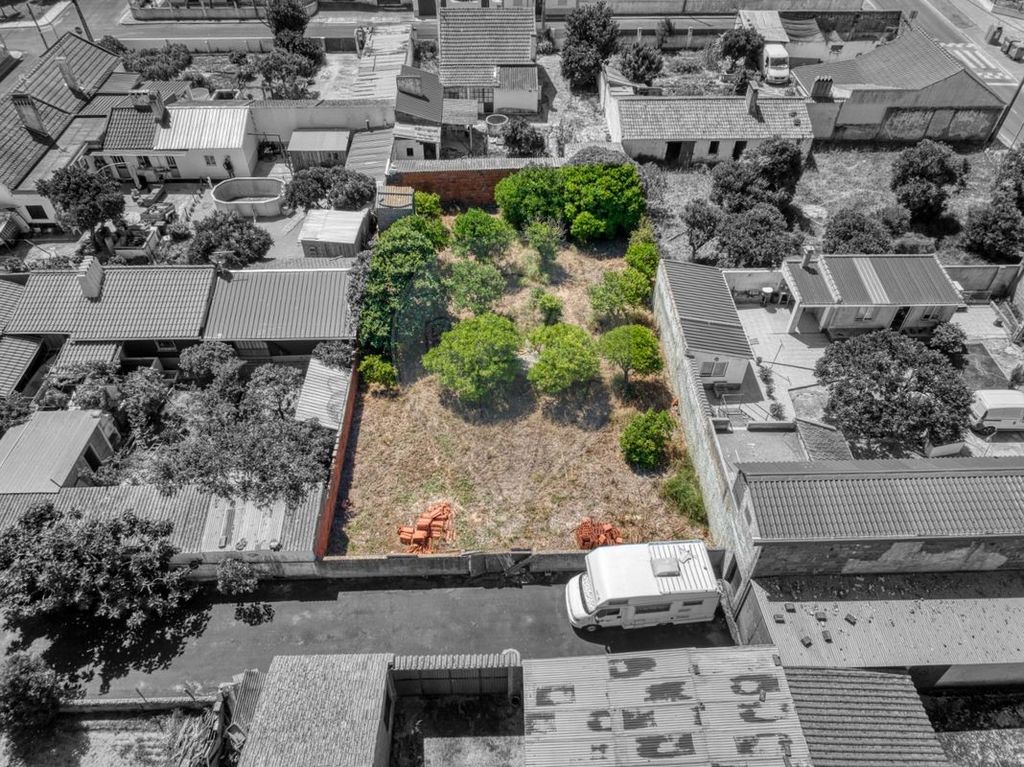
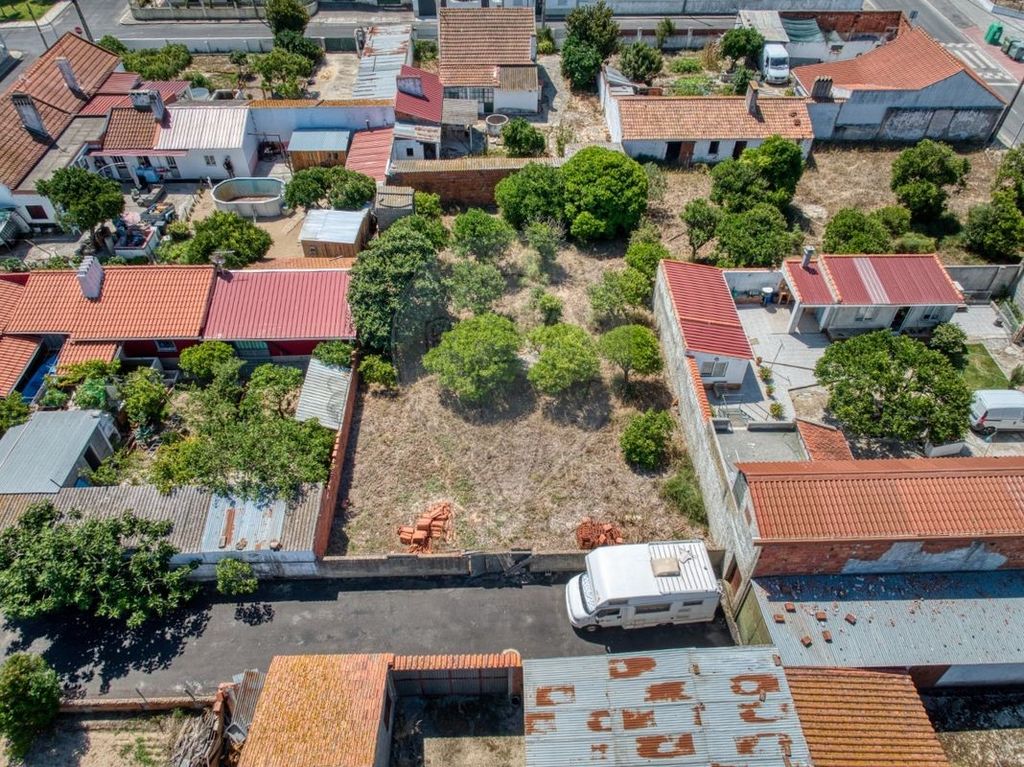
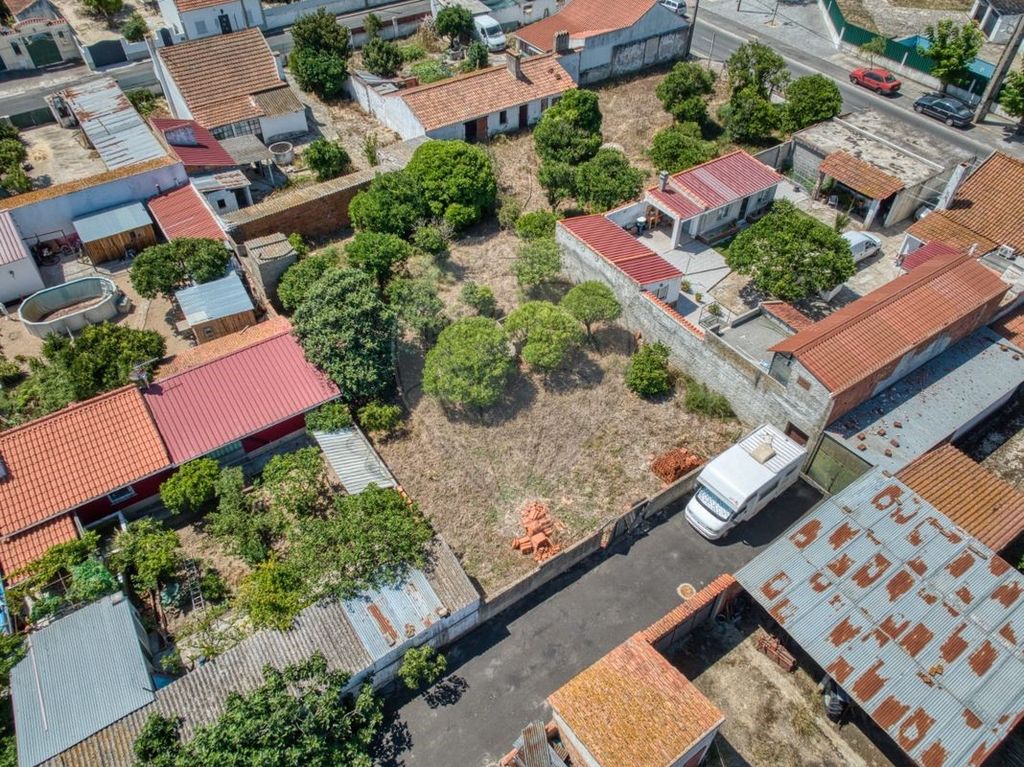

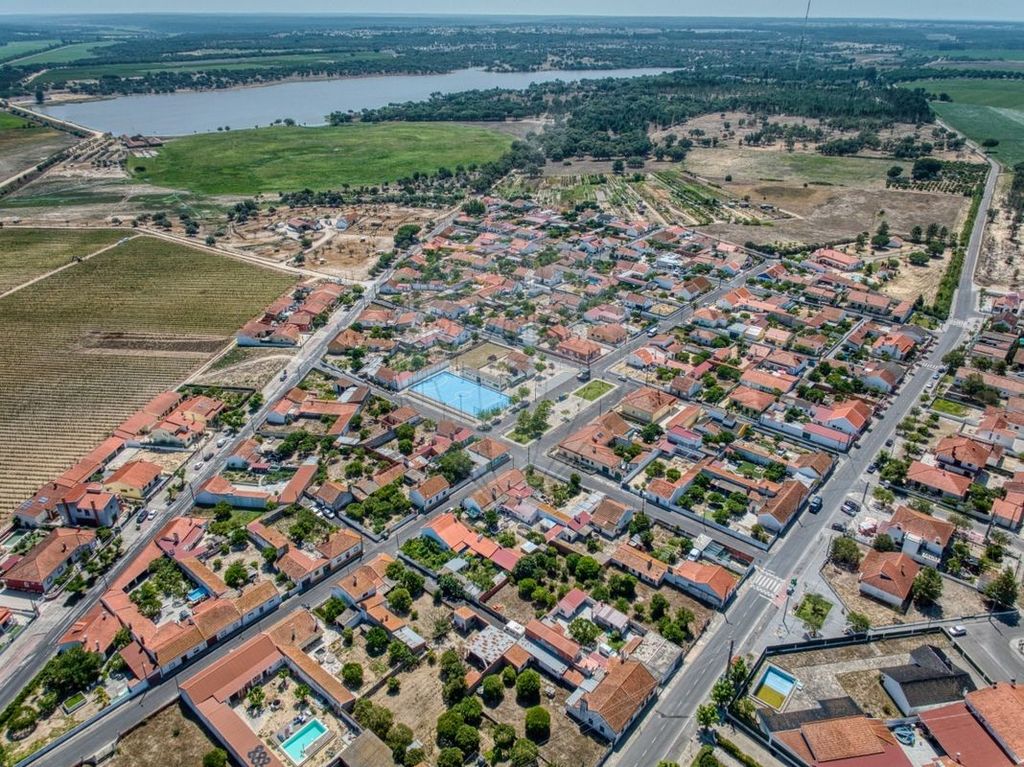
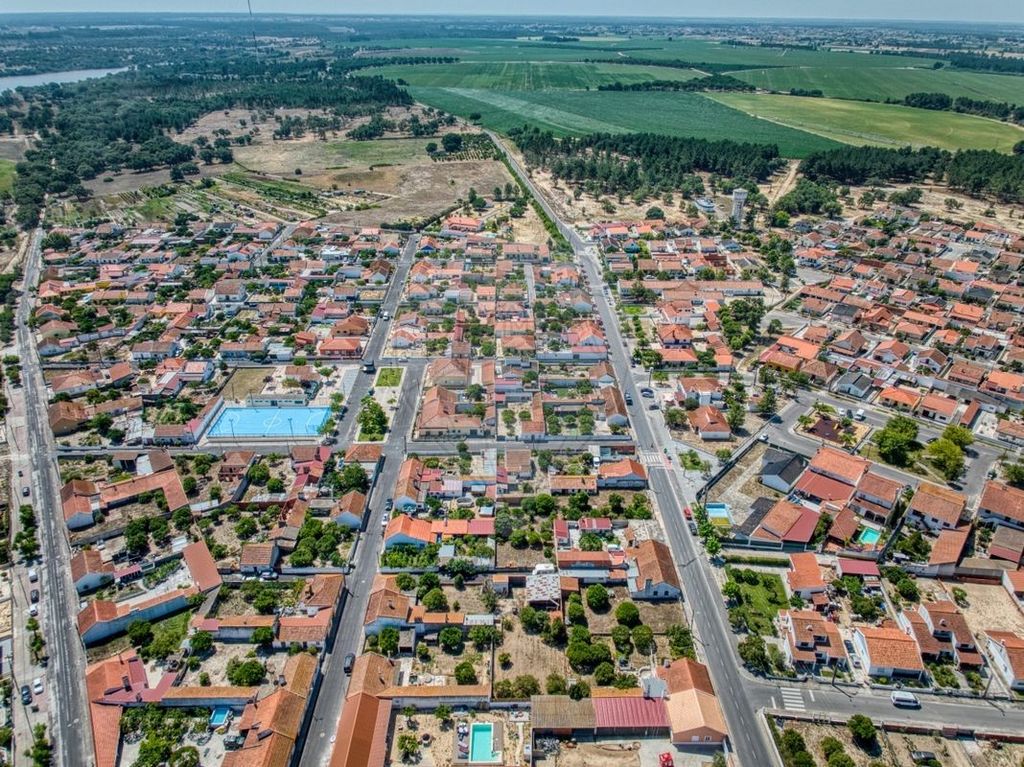

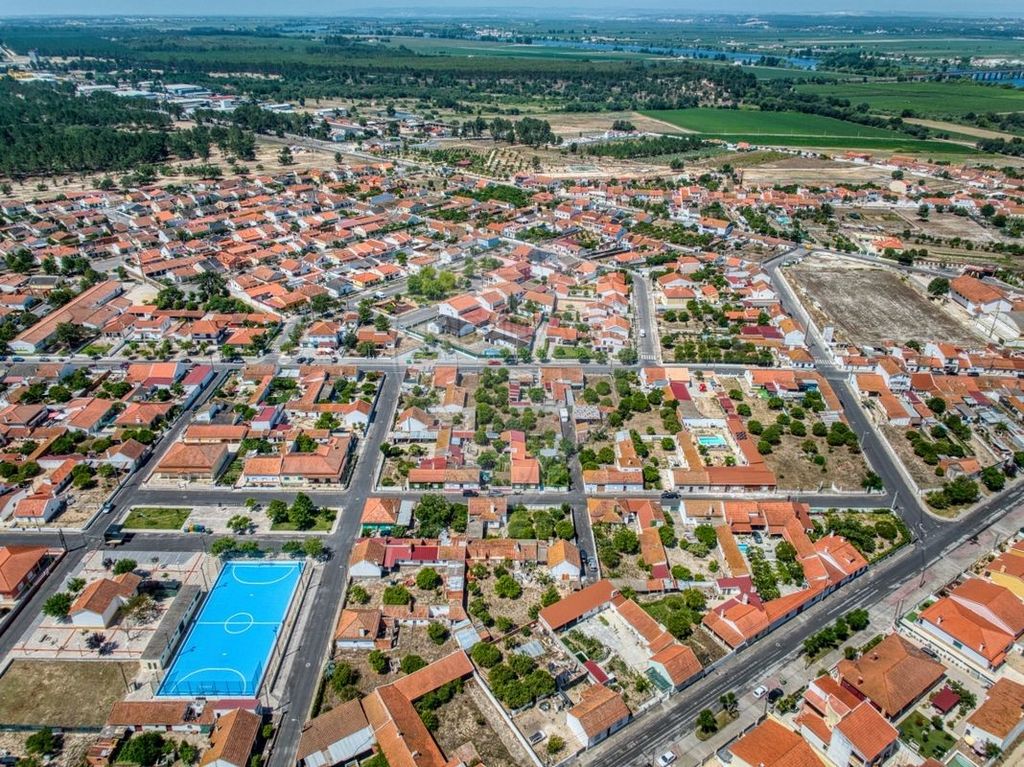
Features:
- Satellite TV
- Internet Показать больше Показать меньше Terreno urbano, Muge Lote de terreno urbano com 485,30 m2, com área de implantação de edifício para habitação de 242,65m2. Boa localização, no centro da Vila de Muge, acesso privilegiado com asfalto e saneamento, árvores de fruto e poço. Muge é uma freguesia portuguesa do concelho de Salvaterra de Magos. Estamos disponíveis para o ajudar a realizar sonhos, seja na compra ou na venda do seu imóvel. Ao falar-se em Muge, o primeiro aspeto a reter deste vila prende-se com o seu riquíssimo passado arqueológico, nomeadamente com os concheiros de Muge. O valor arqueológico desta vila não se resume somente ao período mesolítico. Dessa época, foram descobertos nos anos 60 do século passado alguns concheiros e esqueletos humanos. Nas proximidades da ribeira de Muge, foram localizadas estações paleolíticas nos sítios de Arneiro dos Moinhos, Pinhal do Coelheiro. Sobral de Martim Fonço, Arneiro de Boa Vista, Glória, Ponte do Coelheiro, João Boieiro, Cacharinho, Porto Sabugueiro, Cabeça de Arruda, Casalinho, Arneiro dos Pescadores, Cabeço da Mina, entre outras. Nestas estações, foi colhido um material que, entre nós, é característico dos terraços. As peças são quase exclusivamente trabalhadas em calhaus rolados de quartzite, com um elevado número de exemplares bifaces ou unifaces. Outros períodos históricos estão bem presentes, como é o caso do período romano, que fez sentir a sua influência nomeadamente no local do Porto de Sabugueiro, onde se regista uma ocupação humana que vai do século I a. C. ao século V d. C. Diversos fragmentos cerâmicos de cronologia antiga surgiram também no Porto de Sabugueiro, permitiram datar da segunda metade do século I a. C. o início das atividades agrícolas na freguesia. Durante a Idade Média, D. Dinis outorga-lhe Foral em 1304, com o intuito de facilitar o povoamento nesta região. No séc. XV, um acontecimento irá marcar a Vila e o Reino em geral: foi no Paço de Muge que o Rei D. Manuel em 1496 decretou o édito de expulsão das minorias judaicas e muçulmanas. Foram Senhores de Muge os Duques de Cadaval, que aqui construíram o seu Palácio. A Casa Cadaval foi uma das instituições mais poderosas do período pós-restauração, sendo detentora de uma enorme percentagem de terrenos em Muge. Esta Casa imprimiu um cariz agrícola à Vila. O seu palácio, que ainda se pode encontrar em Muge, apresenta atualmente poucos vestígios da fisionomia antiga, a não ser na fachada, já que sofreu obras de restauro neste século. Junto à casa, a capela consagrada a Nossa Senhora da Glória, cuja imagem se vê num registo de azulejos de moldura azul sobre esmalte branco, oitocentistas. A grande importância que Muge deteve ao longo dos séculos foi-se esfumando com a aproximação da época contemporânea. Em 1755, pertencia à comarca de Santarém, em 1852 à de Benavente. Em 1837, por decreto de D. Maria II, foi extinto o concelho de Muge e criada a Junta de Paróquia de Nossa Senhora da Conceição de Muge, que por sua vez, foi incorporado no concelho de Salvaterra de Magos. Em tempos conhecida como Muja e também Porto de Mugem, devido aos “muitos peixes d’este nome que se pescavam em frente da Villa” (Pinho Leal), Muge perdeu o populoso local de Marinhais em 1928, que formou freguesia própria. Perdeu também grande número de habitantes, que em 1950 era de perto de cinco mil e hoje se cifra em cerca de dois milhares. ;ID RE/MAX: ...
Features:
- Satellite TV
- Internet Terrain urbain, Muge Parcelle de terrain urbain de 485,30 m2, avec une superficie de construction résidentielle de 242,65 m2. Bon emplacement, au centre du village de Muge, accès privilégié avec asphalte et assainissement, arbres fruitiers et puits. Muge est une paroisse de la municipalité de Salvaterra de Magos au Portugal. Nous sommes à votre disposition pour vous aider à réaliser vos rêves, que vous achetiez ou vendiez votre propriété. Lorsque l’on parle de Muge, la première chose à retenir de cette ville est son riche passé archéologique, notamment avec les coquillages de Muge. La valeur archéologique de ce village ne se limite pas à la période mésolithique. À partir de cette époque, des coquillages et des squelettes humains ont été découverts dans les années 60 du siècle dernier. À proximité du ruisseau Muge, des stations paléolithiques ont été localisées sur les sites d’Arneiro dos Moinhos, Pinhal do Coelheiro. Sobral de Martim Fonço, Arneiro de Boa Vista, Glória, Ponte do Coelheiro, João Boieiro, Cacharinho, Porto Sabugueiro, Cabeça de Arruda, Casalinho, Arneiro dos Pescadores, Cabeço da Mina, entre autres. Au cours de ces saisons, on a récolté un matériau qui, chez nous, est caractéristique des terrasses. Les pièces sont presque exclusivement travaillées sur des galets de quartzite, avec un grand nombre de spécimens à la main ou à une face. D’autres périodes historiques sont très présentes, comme la période romaine, qui a fait sentir son influence notamment à la place de Porto de Sabugueiro, où il y a une occupation humaine qui remonte au premier siècle avant JC. Plusieurs fragments de céramique de chronologie antique sont également apparus à Porto de Sabugueiro, datant de la seconde moitié du Ier siècle av. J.-C. C. le début des activités agricoles dans la paroisse. Au Moyen Âge, le roi Dinis lui accorda une charte en 1304, afin de faciliter la colonisation de cette région. Au XVIIIe siècle. Au XVe siècle, un événement marquera la ville et le Royaume en général : c’est dans le palais de Muge que le roi Manuel en 1496 décrètera l’édit d’expulsion des minorités juives et musulmanes. Les ducs de Cadaval étaient des seigneurs de Muge, qui y construisirent leur palais. La Casa Cadaval était l’une des institutions les plus puissantes de la période post-restauration, possédant un pourcentage énorme des terres de Muge. Cette maison a donné un caractère agricole au village. Son palais, que l’on trouve encore à Muge, ne présente actuellement que peu de traces de son ancienne physionomie, sauf sur la façade, car il a subi des travaux de restauration au cours de ce siècle. À côté de la maison, la chapelle consacrée à Notre-Dame de Gloire, dont on peut voir l’image dans un registre de carreaux encadrés de bleu sur émail blanc, ceux du XIXe siècle. La grande importance qu’a eue Muge au cours des siècles s’est estompée avec l’approche de l’époque contemporaine. En 1755, il appartenait à la comarque de Santarém, en 1852 à celle de Benavente. En 1837, par décret de D. Maria II, la municipalité de Muge a été éteinte et le conseil paroissial de Nossa Senhora da Conceição de Muge a été créé, qui à son tour a été incorporé à la municipalité de Salvaterra de Magos. Autrefois connu sous le nom de Muja et aussi Porto de Mugem, en raison des « nombreux poissons de ce nom qui étaient pêchés devant la Villa » (Pinho Leal), Muge a perdu le lieu populeux de Marinhais en 1928, qui a formé sa propre paroisse. Elle a également perdu un grand nombre d’habitants, qui en 1950 était proche de cinq mille et s’élève aujourd’hui à environ deux mille. IDENTIFIANT RE/MAX : ...
Features:
- Satellite TV
- Internet Urban land, Muge Plot of urban land with 485.30 m2, with a residential building area of 242.65 m2. Good location, in the center of the village of Muge, privileged access with asphalt and sanitation, fruit trees and well. Muge is a parish in the municipality of Salvaterra de Magos, Portugal. We are available to help you make dreams come true, whether you buy or sell your property. When talking about Muge, the first thing to remember about this town is its rich archaeological past, namely with the Muge shells. The archaeological value of this village is not limited to the Mesolithic period. From that time, some shells and human skeletons were discovered in the 60s of the last century. In the vicinity of the Muge stream, Paleolithic stations have been located in the sites of Arneiro dos Moinhos, Pinhal do Coelheiro. Sobral de Martim Fonço, Arneiro de Boa Vista, Glória, Ponte do Coelheiro, João Boieiro, Cacharinho, Porto Sabugueiro, Cabeça de Arruda, Casalinho, Arneiro dos Pescadores, Cabeço da Mina, among others. In these seasons, a material was harvested that, among us, is characteristic of terraces. The pieces are almost exclusively worked on quartzite pebbles, with a large number of hand or single-sided specimens. Other historical periods are very present, such as the Roman period, which made its influence felt in particular in the place of Porto de Sabugueiro, where there is a human occupation that goes from the first century BC. Several ceramic fragments of ancient chronology also appeared in Porto de Sabugueiro, dating from the second half of the first century BC. C. the beginning of agricultural activities in the parish. During the Middle Ages, King Dinis granted it a charter in 1304, in order to facilitate settlement in this region. In the eighteenth century. In the 15th century, an event will mark the town and the Kingdom in general: it was in the Palace of Muge that King Manuel in 1496 decreed the edict of expulsion of the Jewish and Muslim minorities. The Dukes of Cadaval were Lords of Muge, who built their palace here. Casa Cadaval was one of the most powerful institutions of the post-restoration period, owning a huge percentage of land in Muge. This House gave an agricultural character to the village. His palace, which can still be found in Muge, currently has few traces of its ancient physiognomy, except on the façade, as it underwent restoration works in this century. Next to the house, the chapel consecrated to Our Lady of Glory, whose image can be seen in a register of blue-framed tiles on white enamel, nineteenth-century ones. The great importance that Muge held over the centuries has faded with the approach of the contemporary era. In 1755, it belonged to the comarca of Santarém, in 1852 to that of Benavente. In 1837, by decree of D. Maria II, the municipality of Muge was extinguished and the Parish Council of Nossa Senhora da Conceição de Muge was created, which in turn was incorporated into the municipality of Salvaterra de Magos. Once known as Muja and also Porto de Mugem, due to the "many fish of this name that were fished in front of the Villa" (Pinho Leal), Muge lost the populous place of Marinhais in 1928, which formed its own parish. It also lost a large number of inhabitants, which in 1950 was close to five thousand and today stands at about two thousand. RE/MAX ID: ...
Features:
- Satellite TV
- Internet